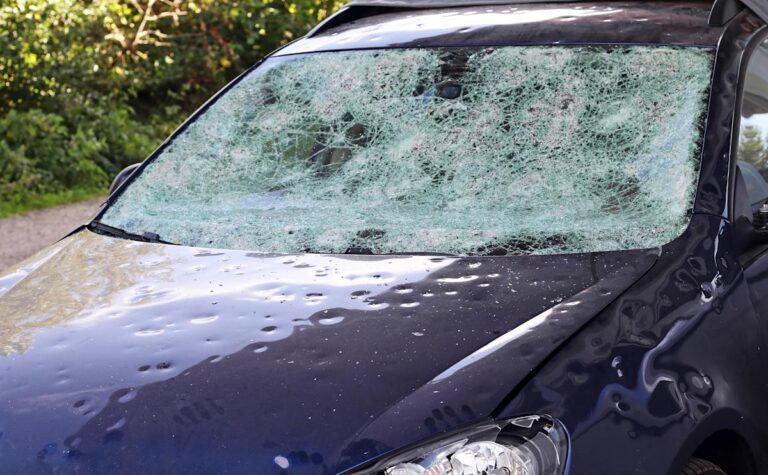
Not R2-D2 — just Italy’s fire-blasting turret. Credit: Canva
When you picture a firefighter, you imagine a person wearing a helmet, holding a hose in hand, racing towards smoke. But in Italy, that image has changed. In 2025, the country is not battling fires with bravery; it is doing so with robots. Italy has deployed some of the world’s most advanced firefighting robots, from flying humanoids to tunneling tank-like machines. These machines are science fiction in reality. Italy is rapidly becoming a pioneer in integrating robotics into firefighting. Beyond the impressive technology lies a deeper story, one of collaboration, trust, and the shared goal of saving lives.
Enhancing human capabilities
For veteran firefighters, watching Colossus, a tunnel rescue robot, in action was a revelation: “It was like having an indestructible teammate.” It goes where no human can go and sees what we cannot. These machines are not here to replace the firefighters, but to support their capabilities. As firefighters note, “We still make decisions, the robot gives us more options, more safety”. Many in the field echo this sentiment. A study by Shark Robotics finds that while robots can excel in hazardous environments, they lack the judgement and adaptability of human firefighters. So, the true potential lies in the connection between man and machine.
Public perception in Italy
The Italian public’s response to these robot assistants has mainly been positive. In a survey conducted during firefighting robot demonstrations, a large majority expressed support for their deployment, especially when it correlates to increased safety for human responders. However, trust is paramount, and transparency regarding the robot’s role and limitations is crucial. As one Naples resident commented, “It’s reassuring to know that these robots are tools, not replacements.”
Robots in action: Real-world uses
Italy’s commitment to integrating robots into emergency services is evident in several deployments listed below:
- Colossus: Designed by Shark Robotics, this robust robot has been crucial for tunnel rescue scenarios and provides real-time data while assisting in debris removal.
- Wolf R1: Magirus’ electric-powered vehicle goes through challenging terrains, offering visuals in real-time to command centres, and helps enhance decision-making during emergencies.
- TAF AirCore: EmiControls’ turbine-based robot disperses water mist that suppresses fires, keeping firefighters at a relatively safe distance. Its deployment in Ukraine showcased its efficiency in high-risk environments.
- Trypper: Developed in Verona, this modular robot can adapt to many rescue operations, from debris removal to firefighting, showing flexibility in crises.
- iRonCub3: In the experimental phase, this humanoid robot is equipped with jet engines that can leap towards aerial assistance in emergency responses.
This integration of robots is not a technological marvel or innovative venture, but one of collaboration. As Italy reflects, “Every time we use the robot, we learn something new.” It is a partnership, as we teach it and it teaches us.







